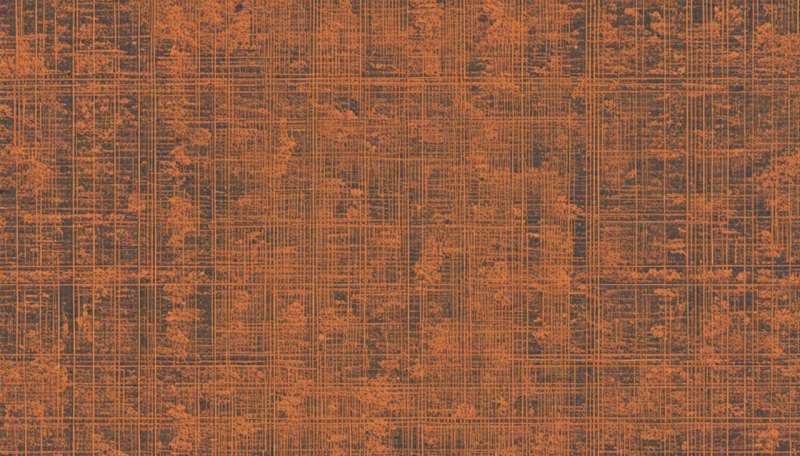A blanket ban on toxic 'forever chemicals' is good for people and animals

the in phasing out the sale of products treated with poly- and perfluoroalkyl substances, toxic chemicals more commonly known as PFAS. Specifically, Lowe's said it would stop selling indoor residential carpets and rugs treated with the PFAS by the end of 2019.
known for their non-stick, water-repellent and stain-resistant properties. They are used in cookware, clothing, carpets, cosmetics, and military and industrial applications.
But PFAS are persistent and have been detected in drinking water, in soil, rain, fog and ice, and in humans, plants and animals. have PFAS in their blood. A , and the chemicals have been found to be widespread in . Despite the evidence that PFAS cause a range of health problems, chemical companies often contradict those claims.
Although some countries have banned some types of PFAS, many remain on the market and new ones are regularly introduced. Perhaps it is time to ask whether wider bans on PFAS production and use are needed.
Non-stick for 80 years
PFAS are slow to break down in the environment. This stability can be traced to the strong bonds between fluorine atoms and chains of carbon atoms in the backbone of the molecules.
The was synthesized in Germany in 1934. It was soon followed by the accidental synthesis of polytetrafluoroethylene (PTFE) in 1938 by a chemist working for the chemical company DuPont. Within a few years PTFE was commercialized as the , and applied to everything from pans to paints.
Despite the history of PFAS, and the introduction of new products every decade since 1940, it was not until the turn of the century that PFAS manufacturers, academics and regulators had the analytical tools to begin to understand the in the environment and the risks to human health.
Health problems
People are exposed to PFAS through food and water, and by inhaling dust. The chemical has been found in the . Those working in the PFAS manufacturing industry or living near chemical plants have .
These compounds can build up, or bioaccumulate, in the tissues of people and other animals, with a preference for the . They are water soluble, meaning that they are excreted in .

Research has linked PFAS to a variety of toxic effects, including . Growing concern about the potential health risks of PFAS has led some companies to discontinue their use.
On the manufacturing side, the 3M Company was the first to announce in 2000 that it would stop making perfluorooctane sulfonate (PFOS), the active compound in Scotchguard and other products, and one of the older types of PFAS. At the time, because of the risk it posed to the environment and human health.
Despite evidence to the contrary, including company records that have been made public in lawsuits, some in the chemical industry .
Only a small fraction of PFAS have been tested for human health and safety before they were released to the market. With an estimated 3,000-5,000 untested PFAS being used in products today and only , it is not difficult to muddy the waters of evidence.
Regulations for public good
, and are at risk of polluting drinking water and food sources. By one estimate .
From a regulatory perspective, most of the attention has been placed on the two most common types, PFOS and perfluorooctanoic acid (PFOA).
Canada declared PFOS a toxic substance in 2008, and it was . , including PFOS and PFOA.
The U.S. House of Representatives , and the EPA has . Although Canada lists for 11 types of PFAS, it also warns that only "PFOS and PFOA have been studied sufficiently" to develop guidelines to protect Canadians' health.
Companies continue to introduce new types of PFAS they say are safer, although . In addition to the health risks these chemicals pose, they persist in the environment because they cannot be broken down by natural biochemical processes. As part of my research, I study .
It is time for government to ban all long-chain PFAS, and forever eliminate these forever chemicals from our ecosystems.
Provided by The Conversation
This article is republished from under a Creative Commons license. Read the .![]()

















